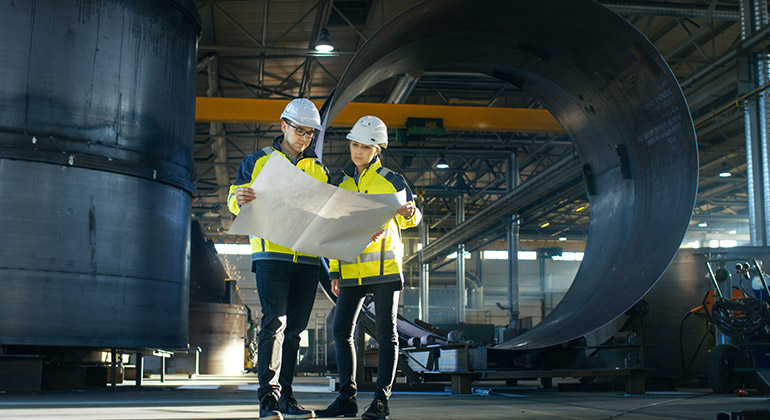Selecting the appropriate construction materials is vital for the success and longevity of any building project. The choice of materials impacts various aspects, including structural integrity, durability, aesthetics, energy efficiency, and environmental sustainability. This blog post explores the key considerations to keep in mind when choosing construction materials to ensure optimal performance and meet project requirements.
Strength and Durability: One of the primary considerations when selecting construction materials is their strength and durability. The materials should be capable of withstanding the anticipated loads, weather conditions, and potential wear and tear over the building’s lifespan. Factors such as the material’s tensile strength, compressive strength, and resistance to corrosion or decay should be evaluated to ensure long-term structural integrity.
Environmental Impact: In an era of increasing environmental consciousness, evaluating the environmental impact of construction materials is crucial. Sustainable materials with low carbon footprints and reduced energy consumption during production and use should be prioritized. Look for materials with certifications like LEED (Leadership in Energy and Environmental Design) or Environmental Product Declarations (EPDs) to ensure their eco-friendliness.
Cost-Effectiveness: Balancing cost-effectiveness with performance is essential in construction material selection. While some materials may have higher upfront costs, they may offer long-term savings through energy efficiency, maintenance reduction, or extended lifespan. Consider the life-cycle cost analysis, which evaluates the total costs of a material from acquisition to disposal, to make informed decisions regarding the economic feasibility of materials.
Aesthetics and Design Flexibility: The visual appeal and design flexibility of construction materials play a significant role, especially in architectural projects. The chosen materials should align with the desired aesthetic vision and architectural style of the building. Additionally, materials that offer design flexibility, such as modular systems or adaptable finishes, allow for future modifications or expansions.
Availability and Procurement: Consider the availability and sourcing of construction materials. Ensure that the materials you choose are readily available in the local market to avoid delays or inflated costs due to transportation or importation challenges. Additionally, assess the reliability and reputation of suppliers to ensure consistent quality and timely delivery.
Maintenance and Upkeep: The maintenance requirements of construction materials should align with the available resources and budget for upkeep. Some materials may require regular inspections, treatments, or replacements, while others may offer low-maintenance or self-cleaning properties. Evaluating the long-term maintenance needs and associated costs can help in selecting materials that fit the project’s maintenance capabilities.
Energy Efficiency and Insulation: With the growing emphasis on energy-efficient buildings, selecting materials with good insulation properties can significantly impact a structure’s energy consumption. Materials with high thermal resistance, such as insulated concrete forms (ICFs) or double-glazed windows, can help minimize heat transfer, reduce heating and cooling costs, and enhance occupant comfort.
Safety and Fire Resistance: Prioritizing safety is crucial in construction material selection. Ensure that the chosen materials comply with local building codes and safety standards. Some materials offer better fire resistance than others, which is especially important in high-risk areas or buildings with specific fire safety requirements.
Compatibility and Integration: Consider the compatibility and integration of different materials within the building system. Materials should work harmoniously together, ensuring structural stability and preventing potential issues like corrosion or differential movement. Seek professional advice to ensure proper compatibility and avoid any detrimental interactions between materials.







